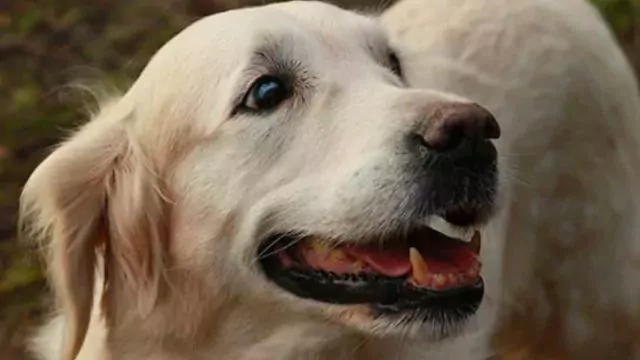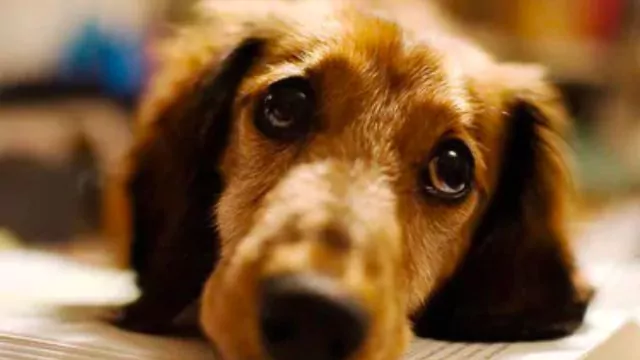Understanding Instinct and Drive of Dogs
INSTINCT and DRIVE
The Controlling Influences on Domestic Dogs.
Very few dog owners or breeders understand the difference between intelligence, instinct and drive
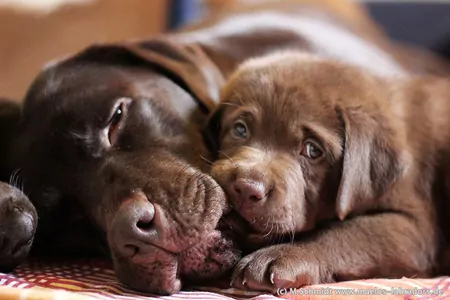
Instinct and Drive:
Obedience work and basic training do not always give us the dogs we really wish for.
Most training methods depend almost entirely on correction and reward. Or in a worse case scenario reward only.
In reality, it is Dog’s natural instincts, that plays the vital role in the resultant behaviour we see in modern day dogs.
It is how we shape those drives and instincts, that will give us the results that we really want to see in our pets.
This article explains why and how you can harness these instincts and drive to help control your dog.
It is only in recent years that science has come to understand the complexities of the domestic dog and how they enhance and enrich our lives.
Origin of Domestic Dogs:
We first started sharing our lives with dogs many thousands of years ago.
I do not believe we domesticated dogs from local wolf packs. Many, including myself, are of the opinion that dogs effectively domesticated themselves.
The trigger was probably the appearance of either Neanderthal, Cro-Magnon people. or both. This may have happened, according to recent scientific studies, some 36,000 years ago. Evidence shows that both Neanderthal and Cro-Magnon species were both prevalent at that time.
The move from early Stone Age nomadic hunter/gatherers, to when we started inhabiting permanent settlement. Becoming hunter/farmers could have possibly been the biggest catalyst that stimulated the rapid mutation of these dogs into accepting human contact, and therefore domestication began.
I believe it was then that dogs really became an integral part of our lives. They probably initially predated on the detritus of villages and settlements, and in doing so lost their innate fear of man. These feral dogs were seen to have many superior senses, drives and instincts, which were certainly of great benefit to those ancient tribesmen.
Part of the dog’s natural instincts was to hunt, guard, and give an alarm when danger threatened. Excellent instincts for an indigenous group of people that came to rely upon and use these traits to benefit their settlements
They were also accepted for their abilities to help garner food through hunting, and to aid the safety of the villages by alarm signals and overt aggression, thus aiding security and the overall well-being of the tribe. Their flesh was also an added bonus when times got particularly hard. Read my article. (1) The Origin of the Domestic Dog
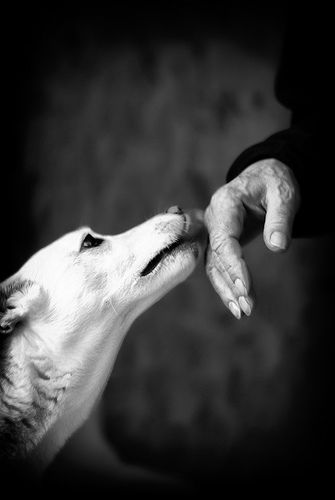
Natural Instinct or intelligence?:
Man has used and worked with dogs for many thousands of years.
It is therefore somewhat surprising that dog owners and some trainers and behaviourists do not understand the difference between intelligence and instinct.
Intelligence is often confused with instinctual behaviour and drive. Instinct is genetic, it is not learned.
These instincts can be honed but that cannot be created or taught by humans.
No one teaches the mother to stimulate the pups to defecate and urinate by licking around their backsides.
Neither did intelligence play a part in her eating the resulting faeces and urine.
This happens for the first few weeks whilst the pups are helpless, blind, deaf and unable to move around and escape potential harm.
These actions keep the young pups safe from predators, that could easily scent the tiny helpless pups. It also keeps the den clean, dry, and free of harmful bacteria and toxins.
Intelligence also plays no part in the pups squirming to reach a teat; That is purely a natural survival instinct.
Instincts are in the main pleasurable, therefore, usage strengthens and hones these actions.
There is, of course, species and breed specifics where certain instincts are far stronger.
Take for example the guarding instincts of the German Shepherds, Rottweilers, and Dobermans. The herding instinct of the Collies, the hunting instincts of the Gundogs, such as Labradors, Spaniels and Hounds, not forgetting the digging and hunting instincts of the Terriers.
Sometimes we strengthen these instincts and drives inadvertently. Especially when it comes to Self Preservation. It is this instinct where fear and uncertainty is created. Which in turn can be a trigger for aggression and attacks on humans or other dogs?
| Is your dog pulling on the Lead, Unruly, Bad Recall, Aggressive on Lead, Jumping Up? See my article and Video Clips on how to stop this. The Jingler |
Instinct is not something you can teach. If I were the greatest dog trainer and behaviourists in the World (which I probably am). I could not teach a Pointer to point, or a Collie to clap. As a matter of interest, collie eye is called clapping. It is where the term “to clap eyes on” comes from. I often get calls from clients who think their young Collie has behavioural problems. It suddenly started staring at things like walls or shadows.
What it’s doing is clapping. Daring the wall or the light to move, so it can herd it. If it could own its own tins of food it would probably make sure all the labels faced outwards. This may also be the first sign that the dog may be under stimulated. The reason why so many Collies get OCD (Obsessive Compulsive Disorders) is that if they are stimulated and not discouraged from chasing/herding shadows, tails, or light sources.
That stimulates the behaviour to blossom and it then turns into an all-pervading obsession. If it is channelled or directed, and alternative stimulation presented, then it can be controlled. Lack of stimulation can also be the trigger for numerous canine behavioural problems.
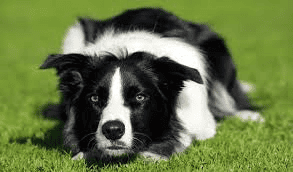
Can Instinct Be Removed?:
Instinct can be strengthened, it can also be slightly diluted, channelled or redirected, but it cannot be removed.
I often say to my clients, that they should think of their dog’s behaviour as you would an alcoholic’s addiction.
An alcoholic is always an alcoholic, whether he/she is in remission or not.
The all-consuming requirement for a drink is always hovering in the background. The same goes for certain behavioural traits in dogs.
We can put them in remission but we cannot always cure the problem entirely. The behaviour lies dormant but it is not cured. It can appear at some point in the future unless you are constantly vigilant and consistent.
Aggression:
People that train their dogs to be aggressive, often believe they can control their dog’s aggression in all instances. They believe that their families are safe from the dog. But that is not true. The majority of fatal dog attacks and dog bites are in the home. Normally these attacks happen to family, friends, children and people the dog knows.
Stimulate a natural instinct like guarding, and you may be less than happy with the end result. Once developed it is very difficult to control or weaken. What you can do is to influence and reduce certain natural instincts as they arise. A perfect example of this is predatory chase aggression. I cannot tell you how many times I have had to treat dogs for chasing cars, bikes, joggers and livestock. Collies are often one of the leading specialists in this area, as are sight hounds and some gundog breeds.
It may surprise people to know that car chasing is not normally predatory chase aggression. It is a fear of traffic. They are chasing or lunging at the cars, bikes, buses and lorries to make them go away, therefore, treatment must be based on fear, not aggression. Writing this has made me realise I must write an article on this subject.
If correction is given when the young dog first shows signs of this trait, then the trait can be weakened and controlled. If the problem continues to grow and you do not get professional help, then it can be very difficult if not impossible to eradicate. The biggest mistake most dog owners make is they think the dog will grow out of it when in fact the opposite is true. Once those instincts are stimulated and not checked, they grow with maturity and age. They do not diminish without professional intervention.
The problem I come up against is who is professional? I find that the best way of working this out is how much information they have produced? If they have not produced one good article that makes sense, then do not touch them. They may have shiny degrees and doctorates however if that is just book learned then it is almost worthless without years of experience hands-on with dogs.
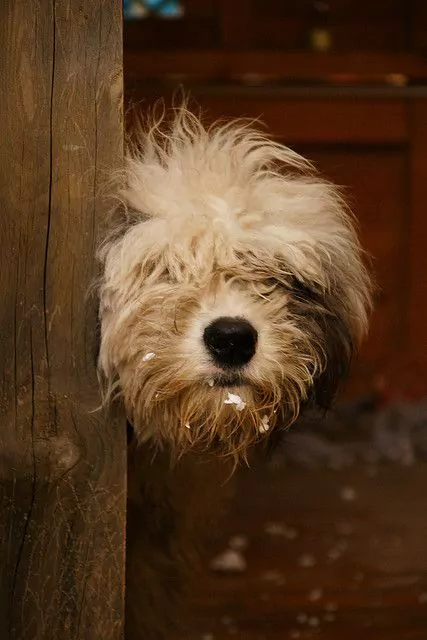
Self-Preservation:
Instinct covers many areas which include survival, guarding, hunting, maternal, pack, and last but not least self-preservation.
This last instinct is related to fear, aggression and anxiety. It may be surprising to some to learn that the majority of dog bites and attacks are based on self-preservation and therefore are fear based.
One of my areas of expertise is in aggression. I am an expert witness under the dangerous dog’s act of 1991.
I represent and assess dogs in court that have fallen foul of the law. I also assess banned breeds for type and behaviour and I am assessing for many of the fostering agencies.
Nearly 95% of all the aggression cases I treat are fear related. The majority of them are caused by a number of factors The most prevalent are breeder and owner incompetence.
This includes lack of research, basic knowledge, common sense and trainer inexperience. This is mainly because of a lack of understanding of how dogs learn to think and analyse the world around them.
Breeders:
Probably the biggest impact on the end result of our dogs. Everyone seems to blame the owner, in reality, they are just one part of the equation. Even before the pups are born the breeder impacts the end results, in numerous ways.
These will include the choice of the sire and dam, their health, behaviour and temperament. These all have an impact on the outcome and final result of the puppies. I see many genetic problems in dogs that have been caused by the breeder. They include behavioural, health issues, anxiety, aggression and genetic abnormalities.
If the breeders have used the best and healthiest dogs, with the best temperament and health scores. Then, at least, that is a very good start, but only the beginning. They will still have a massive impact on the outcome of those puppies by their involvement until the puppies go to their new homes.
Socialisation, early training and experience of different people, sounds, smells and lots of handling, right from day one is absolutely imperative. This is vital to the end result. Unfortunately, these are not always understood or put in place
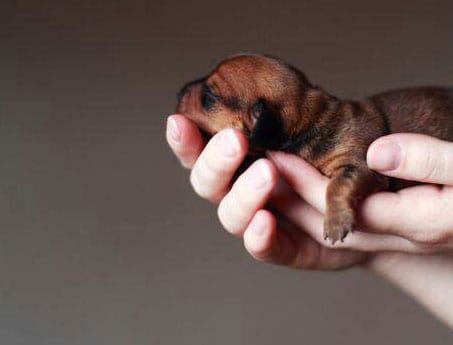
Read my article (2) Breeders Their Impact for further information
Owners:
These are normally the ones that get the blame for the end behaviour of their dogs. People do not understand that there are other people and reasons for the dog’s behaviour.
That belief was started by “Old Tartan Knickers” Barbara Woodhouse when she coined the phrase ” No Bad Dogs Only Bad Owners” Like many other things she did and said this was totally wrong.
However, where breeders and owners are really instrumental in the dog’s behaviour, is the level of work they need to put into before the puppy reaches 16 weeks.
Puppy classes, socialisation, handling, training. are critical at this time. 12 weeks is also a really important watershed. It is by this time, at least, a hundred people should have handled the puppy.
This should also include lots of children. You should let your dog meet lots of other dogs but especially puppies in this period. Without that the Self-Preservation will be at the forefront and you will probably end up with a fearful and possibly aggressive dog.
Your puppy can meet lots of other vaccinated dogs before they have their second vaccination. It is just outside, where they can come into contact with faeces and other material that could be contaminated and cause disease. Therefore houses, gardens and pubs and places like that are normally OK for your new puppy.
Trainers and Behaviourists:
Like everything else, there are good and bad in everything. However, the latest fad, theory, bandwagon and buzz word is positive only trainers. They have even changed their name to “force free trainers” when it was pointed out that it is an impossible objective to be “Positive Only Trainer.”
The very act of putting a lead on a dog is negative; it is depriving the dog of the freedom it craves. Puppy trainers that do not allow the puppies to mingle with the other pups or other people to handle your pup in the classes are often worthless. I believe they do more harm than good. Read my article. (3) Killing with Kindness.
I see lots of so-called trainers that never allow the pups to even play off the lead with the other puppies. Do they not understand the basic premise of a puppy SOCIALISATION class. What do they think the word socialisation means? These people purporting to be trainers and behaviourists have in reality no idea of what is required for these types of classes.
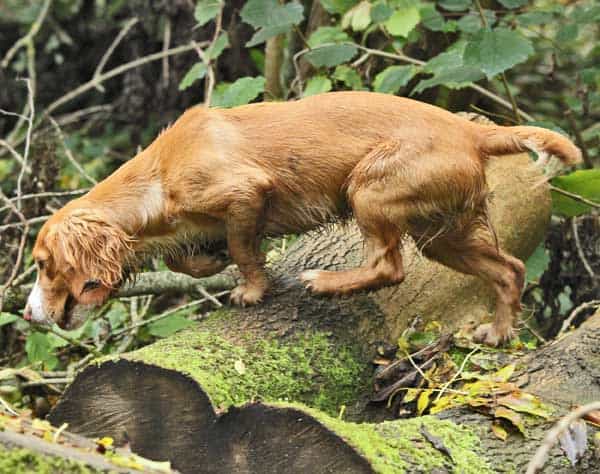
Buy a dog that has instincts and drives that suit your family, house, environment and lifestyle.
Do not follow the fad of Designer dogs, where in many cases they have been bred from dogs with differing instincts, drives and requirements, without considering what impact that will have on these dogs.
Most of these dogs will not have health screening that many pedigree dogs have. (4) Designer Dogs Disaster or Success
Owning the right dog for you, should not be all about what they look like. It is about both your requirements and the dog’s needs for a healthy and happy and fulfilled life.
Understanding your dog’s drives and instincts are vital to understanding how to get the very best out of your relationships with these fascinating companions.
Choose the Breeder and the trainer carefully. Make sure the whole family agrees. Do lots of research. For some dog owning a dog will be a life-changing decision that will bring joy and happiness, to others, it could be an unmitigated disaster, in some instances leading to a tragic ending. Choose the right breed for your circumstances, and train and work with your pet’s instincts and drive and you will end up with a successful partnership. I do not own my dogs, in reality, I see my relationship with my dogs as a mutual partnership, for the good of all of us.
Many years ago I decided to read up and study killer whales and how they were trained. A lot of Orca trainers were getting either injured or killed by the animals they were training. That research changed my mind entirely on how I believed dogs viewed their owners and how we should train our dogs and from that day on I changed my methods entirely but working on the fact that dogs view us as a resource, not another dog. Whether they see us as resource controllers will depend on how we work with and how we bond with our dogs. (5) The Alpha Myth
If you liked this article please sign up for my Newsletters and get all my latest articles, information and comments. Newsletter Sign Up
© Stan Rawlinson
February 2015
~Regularly updated last updated March 2019
(1) The Origin of the Domestic Dog
(2) Breeders And Their Impact on Dogs



